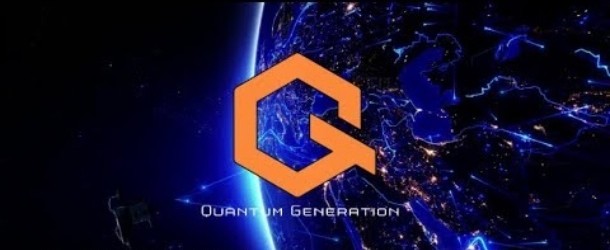Prasaga and Quantum Generation Have Partnered, Bringing Sharding to Space-Based Communications

(FinanceYahoo) The partnership between Prasaga; and Quantum Generation; (QG) has been announced. The collaboration will leverage the fully scaling Prasaga DataGrid Blockchain; (DGB) and QUBIT Blockchain; (QB) quantum technology to revolutionize communications, Fintech, iD and voting applications.
Quantum Generation (QG) will deploy their Quantum Space-Based Business Solutions and proprietary QUBIT Blockchain; (QB) on the Prasaga DataGrid Blockchain; (DGB) and utilize the Presaga DataGrid Token; (DGT) for transaction settlement.
“The new applications that become possible with this collaboration align with our shared mission to build new economy, sovereignty and communication solutions without boundaries,” said Larry Castro, Quantum Generation CEO. He continued: Quantum Generation® Limited is located in BVI and is deploying the QG® terrestrial and orbital ecosystem with QSAT™ (QubitSat™) LEO Satellite blockchain technology for distributed ledger applications and powered by quantum communication technology for data collecting, quantum computing, Quantum Secure Digital Identity (QSDI), smart city deployment, data storage, and QUBIT Blockchain® nodes. QG® Products and services in data processing and secure constellation data storage and uses proprietary quantum cryptography solutions for unified communications, QG™ (Quantum Generation™) Nodes, QG Blockchain® Phones, QUBIT Exchange™, Fintech, Jurisdictional agility, Renewable Energy Data Centers, Quantum Space-based solar energy, QG Blockchain Voting®, space-based cloud storage, Quantum Communications, QG® censor proof Social platforms, quantum computing, DAPPs, Internet, and data connections over the planet’s entire surface, including oceans, airways, and polar regions.
*Sharding: Sharding is the process of breaking up large tables into smaller chunks called shards that are spread across multiple servers. A shard is essentially a horizontal data partition that contains a subset of the total data set, and hence is responsible for serving a portion of the overall workload.



















